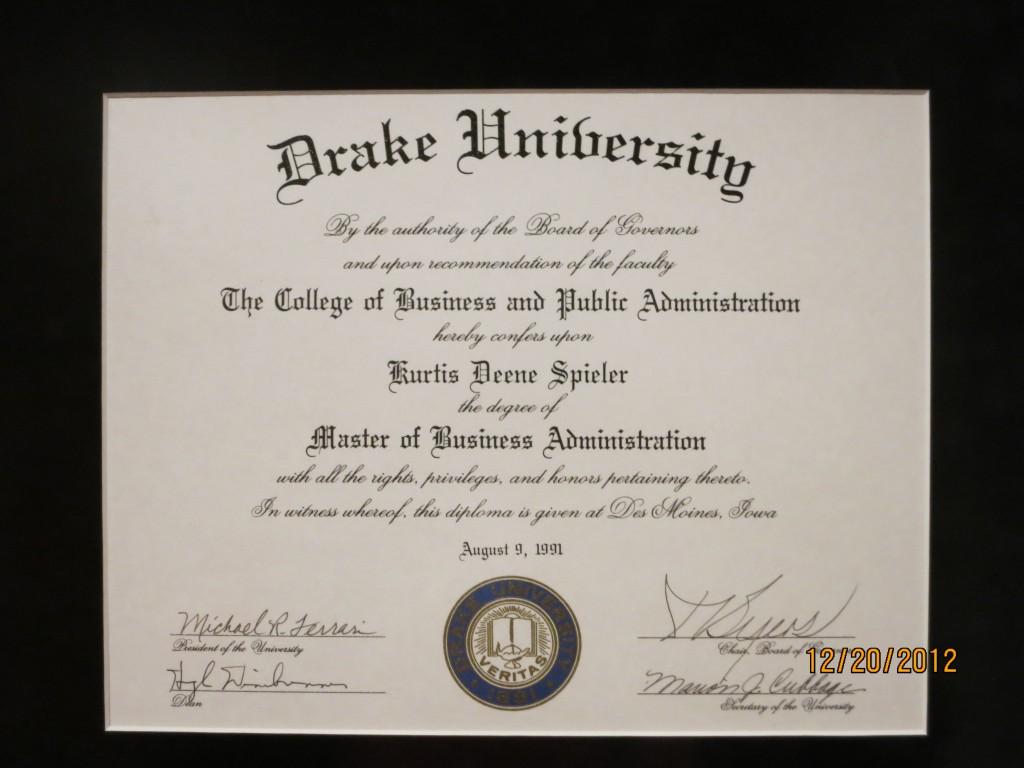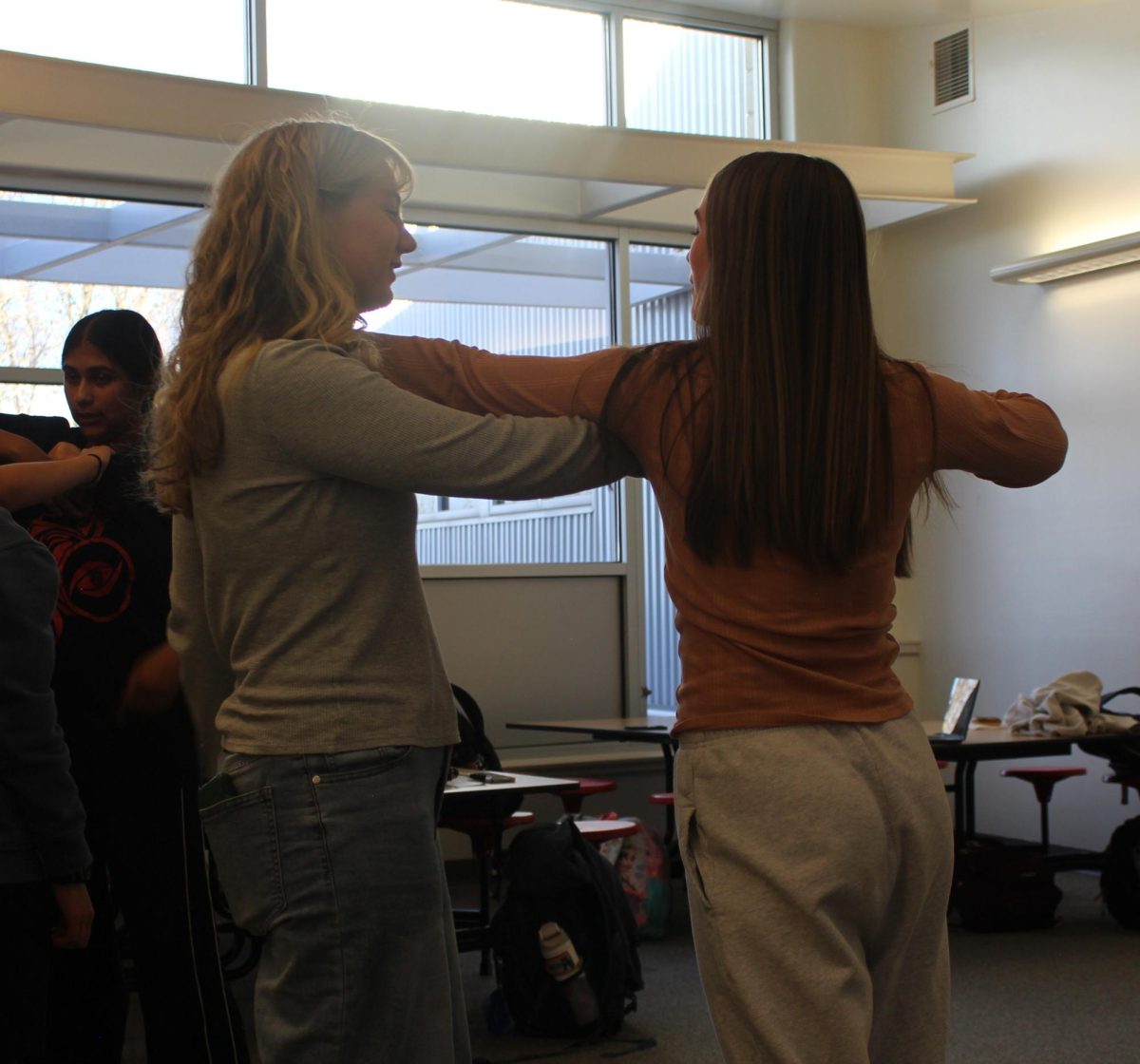
According to the Centers for Disease Control and Prevention, a report shows a large decline in teenage births. In 2008, the pregnancy rate among young women aged 15 to 19 fell to 7 percent and continues to decrease. Despite this good news, the United States still has the highest rate of teen pregnancy among the developed world, being twice as high as Canada’s and 15 times higher than Switzerland’s. Several reasons are involved in this societal problem, but many attribute it to a lack of sex education, to the important role of prevention and to socioeconomic circumstances.
Sex education is taught in two main forms in the United States: comprehensive and abstinence-only. Comprehensive sex education informs teenagers about contraception methods and the risk of sexual diseases, while abstinence-only sex education rejects contraception and promotes abstinence (the practice of refraining from all sexual activity before marriage) as the only good solution.
A 2004 study by Yale and Columbia Universities found that 88 percent of those who pledge abstinence have premarital sex anyway.
At Fossil Ridge High School, comprehensive sex education is taught in health and must be completed prior to graduation. However, parents can oppose the class for religious or other personal reasons, and opt their child out of the program. In this case, they are recommended to broach the subject at home.
Greg Neal is one of the health teachers at Fossil Ridge. In his class, he talks about percentages of teen pregnancy all over the world, all forms of contraception, sexually transmitted diseases and prevention. Nevertheless, the class stays rather theoretical: “I heard teachers pass out condoms to students in France. It would never happen here because we would be accused of encouraging our kids to have sexual intercourse,” he said.
Students are aware of the importance of the topic and show they’re paying attention to the class. “After getting the giggles, students are really focused because they know I’m a reliable source. As teachers, we’re clarifying or confirming what they’ve heard,” Neal said.
The parents’ role in the issue shouldn’t be neglected. Even if sex education provided at school plays an important part, t
he behavior of a teenager is also influenced by family values. “It all starts at home,” former nurse Shari Petersen said, adding that parents who are accepting of all aspects of teen pregnancy may influence their children to have more unprotected sex. “More and more parents become accepting and supportive of teen pregnancy, keeping babies and having abortions.”
More than a teen problem, pregnancy among 15- to 19-year-old women is a societal problem. Media portrays sex as casual, which can de-stigmatize the issue.
MTV shows such as “16 and Pregnant” and “Teen Mom” are watched by million of viewers who follow the adventures of teens moms as they attempt to deal with an unplanned pregnancy.
“It would require a huge cultural shift to make a difference,” Petersen said. “The cultural influence within high school and friends cannot be changed by a parent.”
Social background can also play a role in the high American teen pregnancy rate. “Girls living in lower socioeconomic
circumstances are more likely than their wealthier peers to become pregnant,” Professor Melissa Kearney of the University of Maryland said in an article on the Christian Science Monitor’s website. Anthropologists and social workers explain that teens that experience “despair” are more likely to turn to motherhood as a way to find meaning in a world where they see few other options.
“No silver bullet such as expanding access to contraception or abstinence education will solve this particular social problem,” Kearney said. “My view is that childbearing is so high in the United States because of underlying social and economic problems.”
Substantial disparities persist in teen birth rates amongst different ethnicities. According to the Centers for Disease Control and Prevention, black and Hispanic youth contributed 57 percent of U.S. teen births in 2011.
Neal hopes that these statistics will cause a change in the way American teens view pregnancy. “Students are aware of the importance of the topic and pay attention. But it doesn’t necessarily mean they will put into practice what they’ve heard. We can give the students the information, but I don’t know how to get them to act.”













